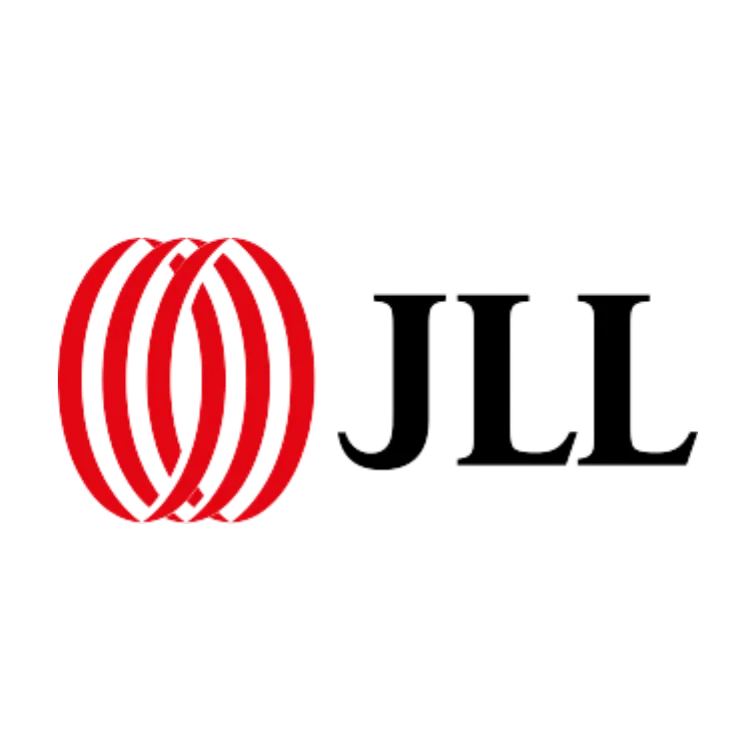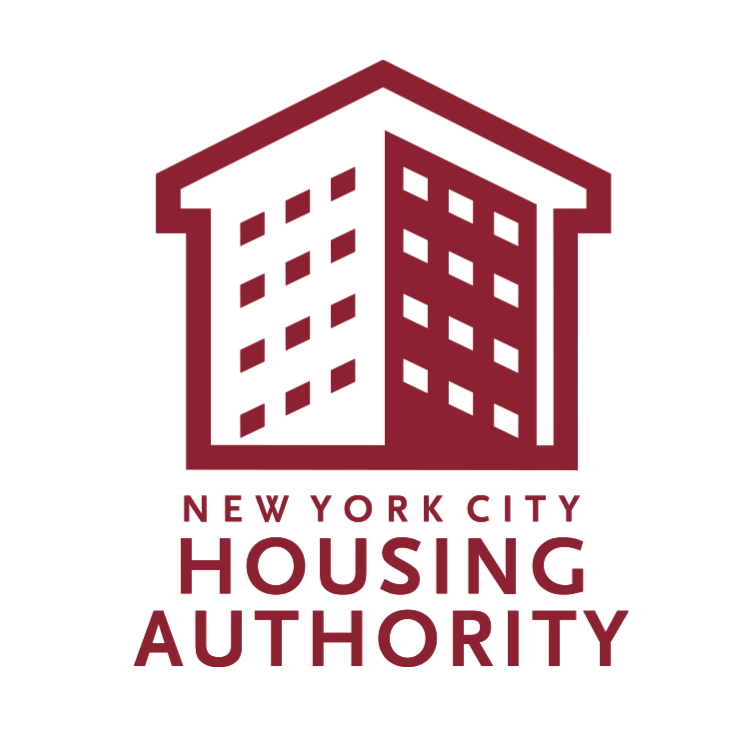WE BUILD
RELATIONSHIPS
AND OUTSTANDING
SPACES
From Concept To Keys, We Transform Your Real Estate Project Into An Asset That Drives Success
WE BUILD
RELATIONSHIPS
AND OUTSTANDING
SPACES
From Concept To Keys, We Transform Your Real Estate Project Into An Asset That Drives Success
From Concept To Keys, We Transform Your Real Estate Project Into An Asset That Drives Success
Our Retail Clients







General Contracting
and Construction Management.
General Contracting
and Construction Management.
We're a New York City based general contracting and construction management firm specializing in commercial renovations, tenant build-outs, specialty retail and hospitality projects. By combining disciplined project controls with hands-on management, we deliver predictable outcomes in one of the most demanding construction markets. Our work ranges from small businesses to national brands as well as a variety of institutional agencies.




Small enough to move fast. Experienced enough to deliver with confidence, at any scale — Proven in the Field. Measured in the Numbers.
Small enough to move fast. Experienced enough to deliver with confidence. Proven in the Field. Measured in the Numbers.
With over 60 projects delivered successfully across six states, a 99% client-satisfaction score, and a core team of 15+ skilled in-house professionals, we’ve built a track record you can trust.
With over 60 projects delivered successfully across six states, a 99% client-satisfaction score, and a core team of 15+ skilled in-house professionals, we’ve built a track record you can trust.
60+
60+
Projects
11+
Years Experience
15+
Core Team Members
6+
States Served
60+
Projects
11++
Years Experience
15+
Lead Team Members
6+
States Served
Our Services
Our team of experts is dedicated to delivering high-quality projects that exceed your expectations.
Construction Management
General Contracting
Ground-Up
Commercial Interiors
Fit-Outs
Core and Shell
Our Services
Our team of experts is dedicated to delivering high-quality projects that exceed your expectations.
Our team of experts is dedicated to delivering high-quality projects that exceed your expectations.
Construction Management
Construction Management
General Contracting
General Contracting
Ground-Up
Ground-Up
Commercial Interiors
Commercial Interiors
Fit-Outs
Core and Shell
Trusted by Property Managers, Developers, Office Tenants and Retail Operators.

A core team of 15 professionals, trusted over 11 years to build small-medium size projects.
Dancon is M/WBE Certified GC/CM firm based in NYC specializing in commercial renovations, tenant build-outs, specialty retail and hospitality projects. We're strengthened by our in-house carpentry capabilities and a growing network of trusted subcontractors.


The Dancon Difference
The Dancon Difference
Your Building
Partner Of Choice:

Reliable & Timely
We ensure that all projects are carried out with the at most professionalism using quality materials and by our qualified team.

Customized Solutions
Every project is unique — we tailor our services to meet your specific needs and preferences.

Licensed & Insured
You’re in safe hands with our fully licensed, bonded, and insured team for complete peace of mind.

Transparent Pricing
No surprises here — we provide clear estimates and fair pricing from start to finish.
















